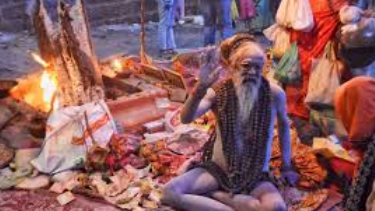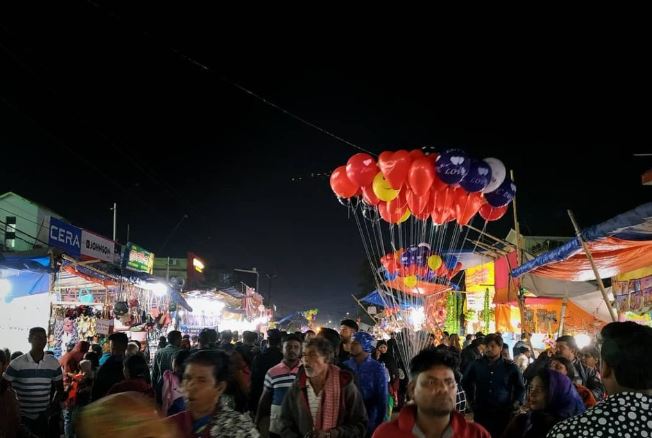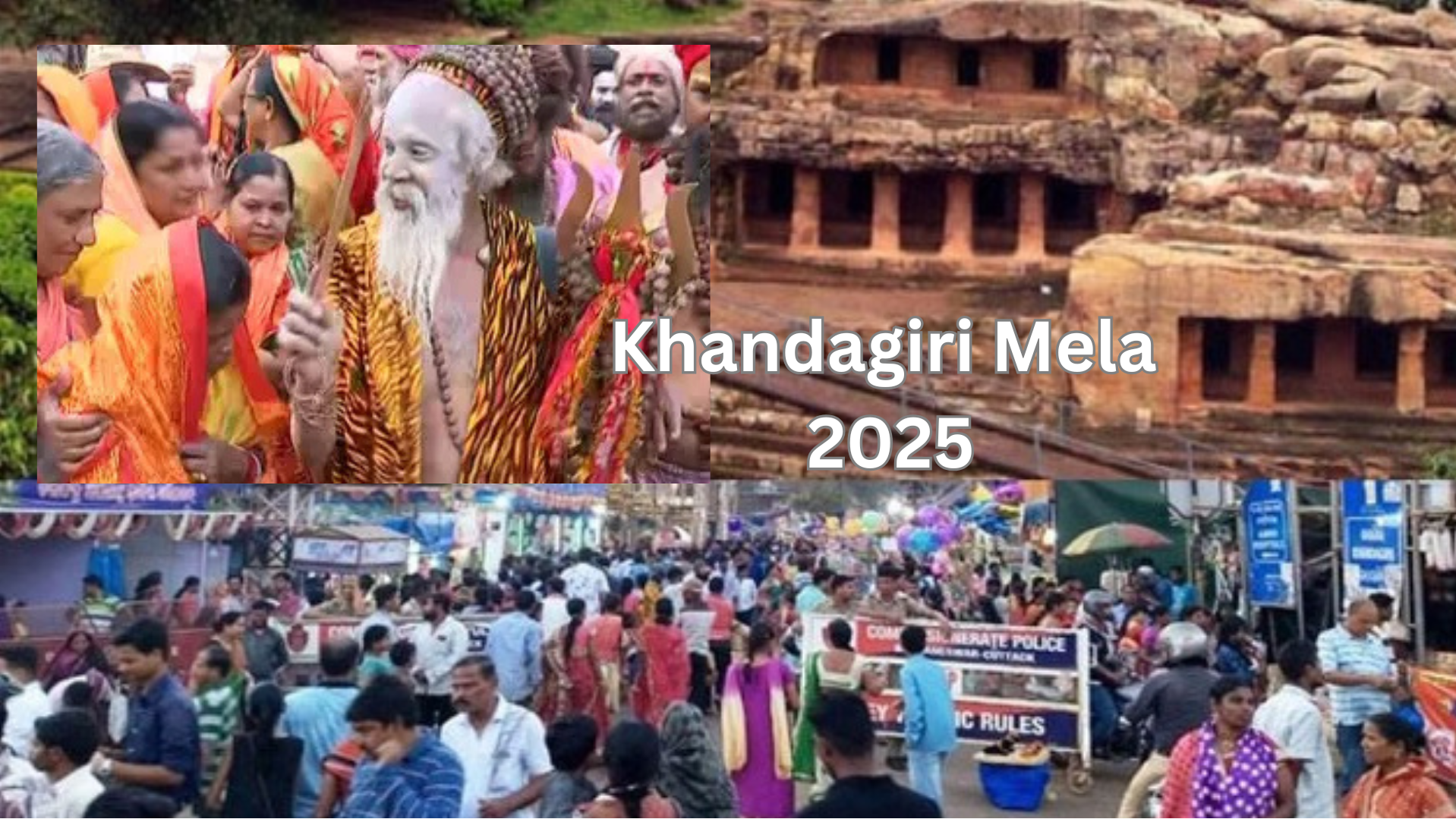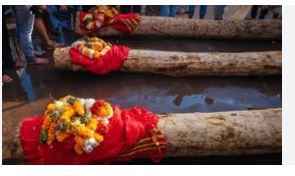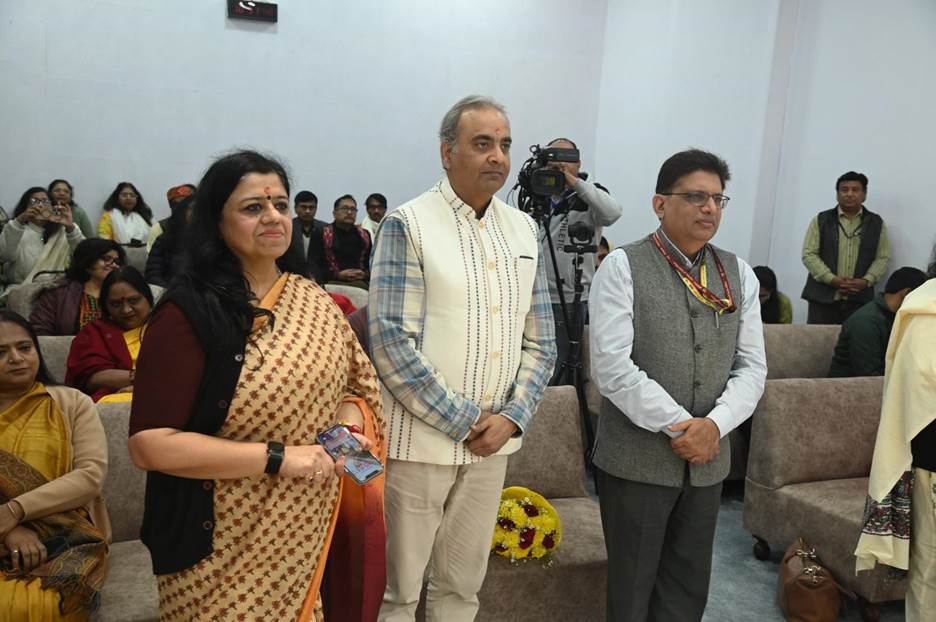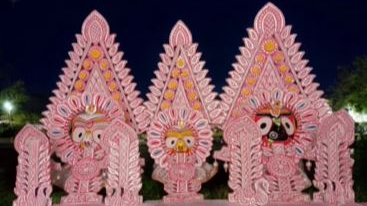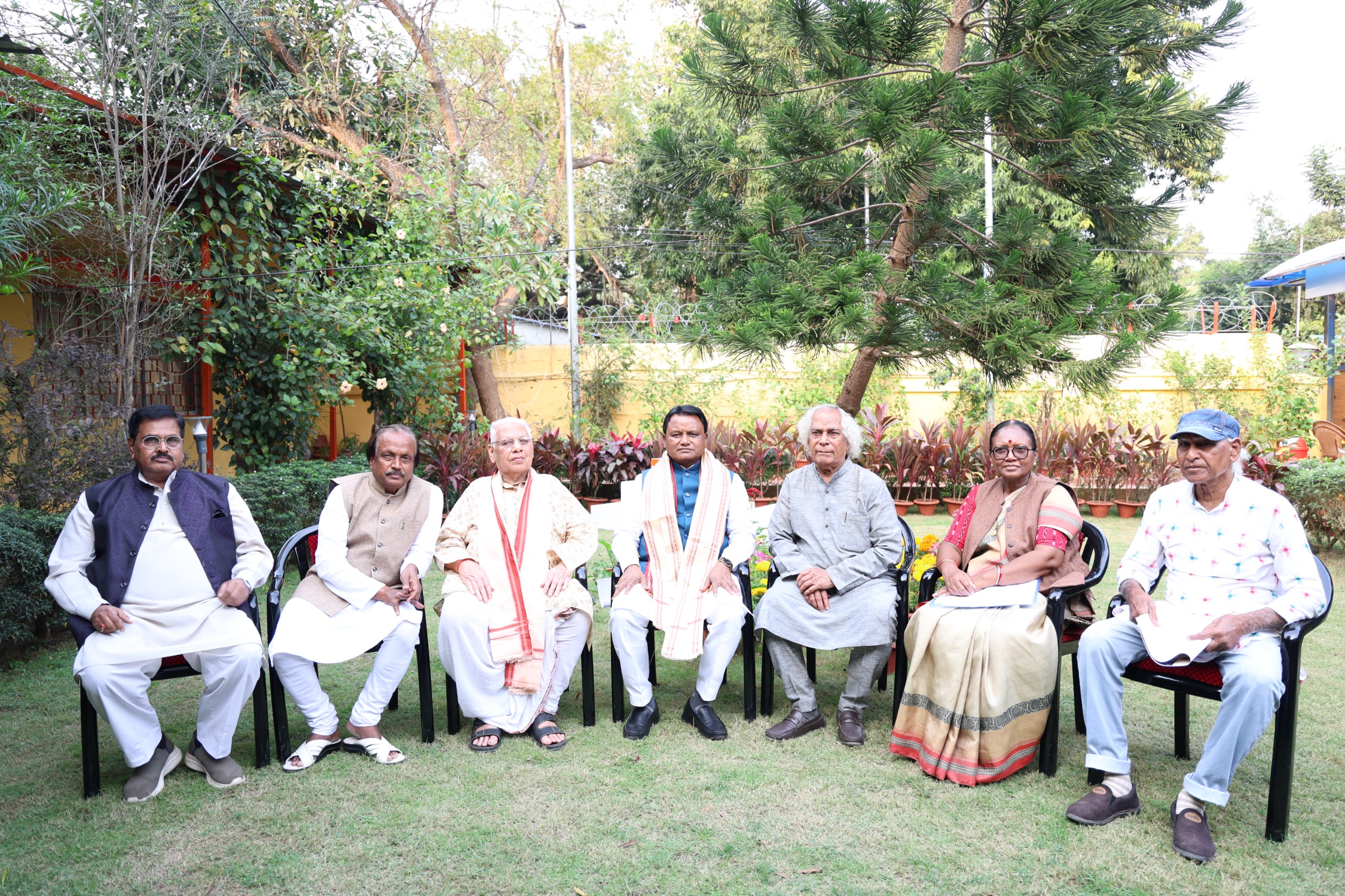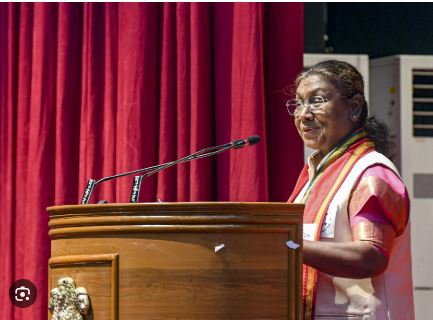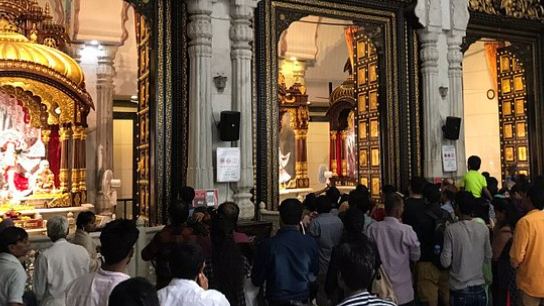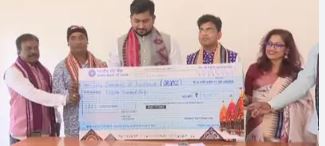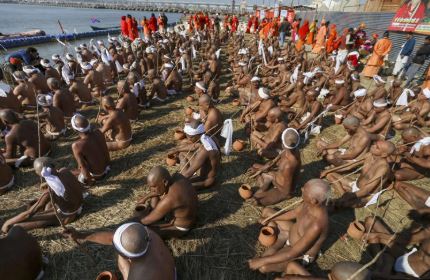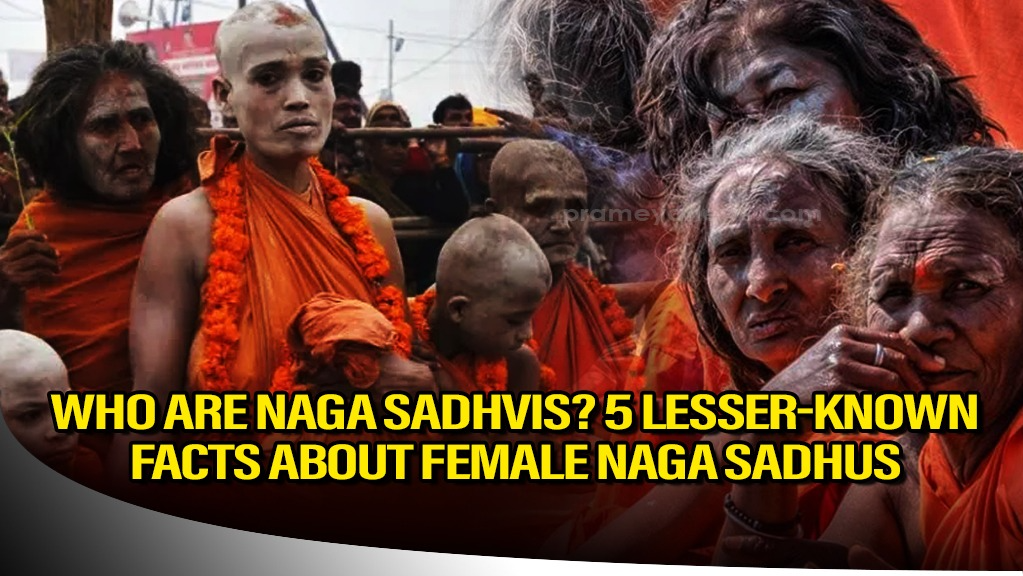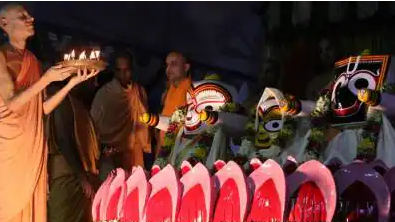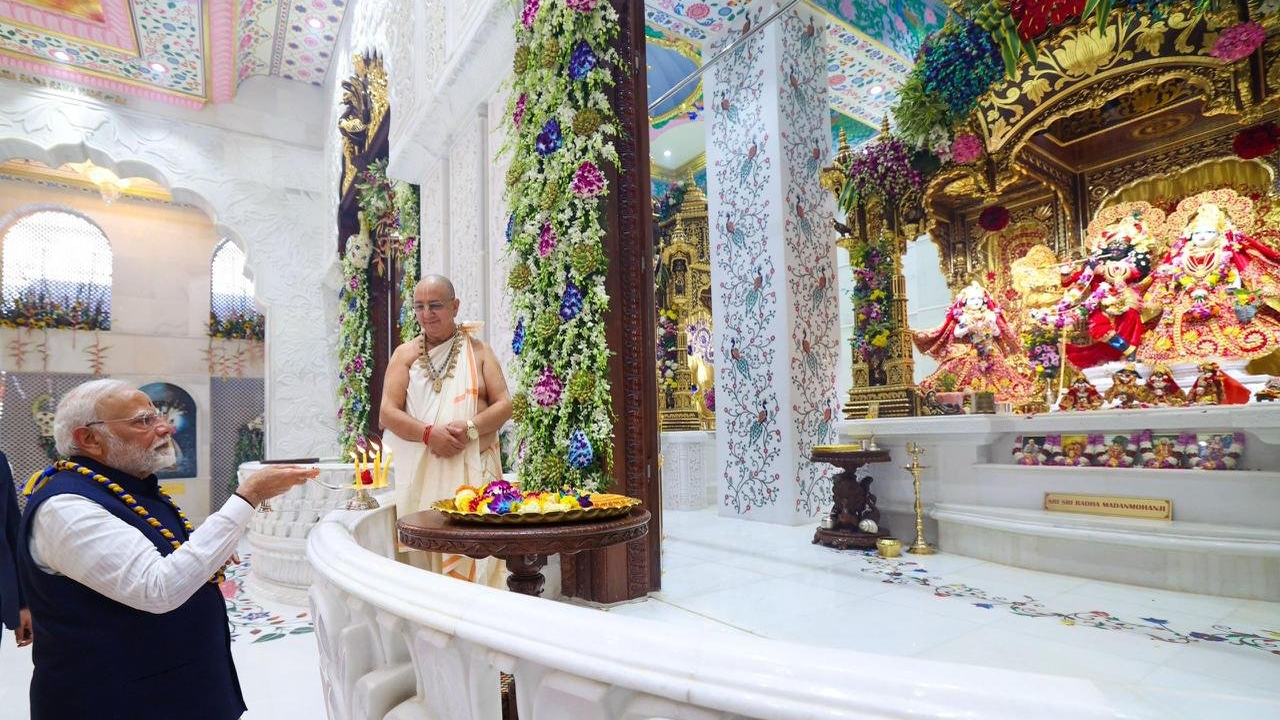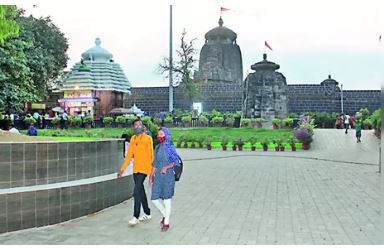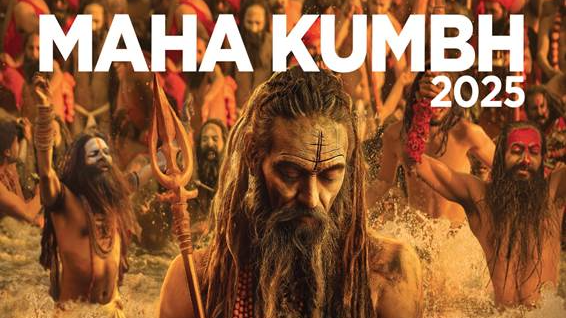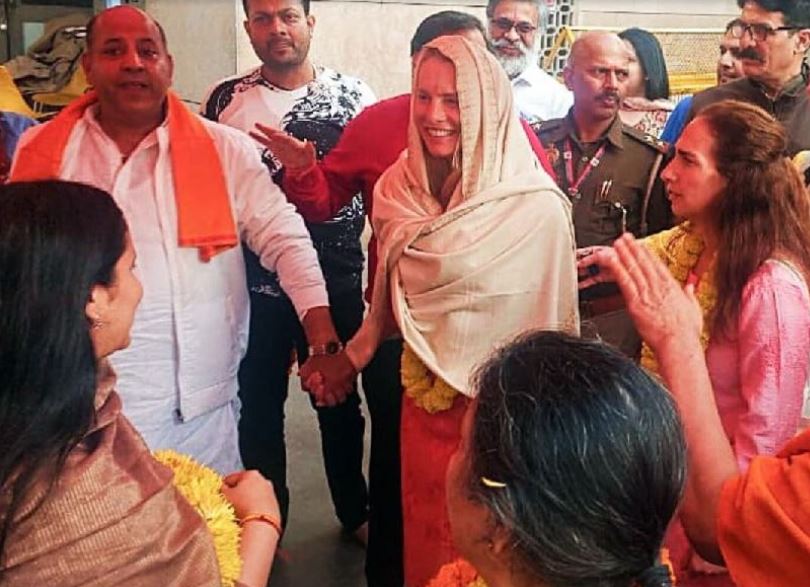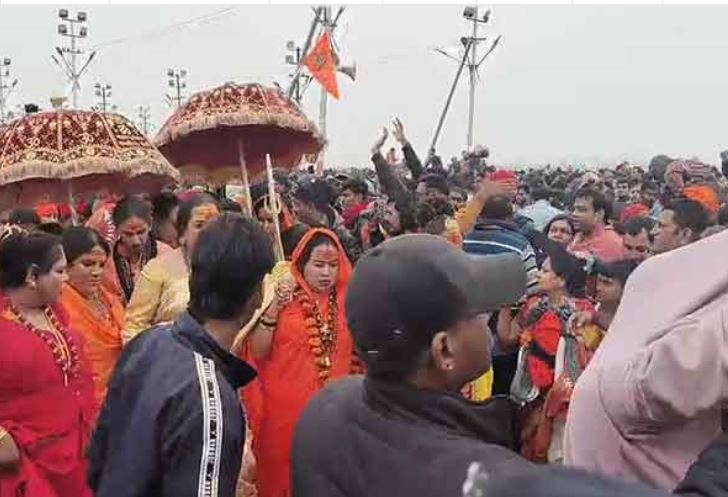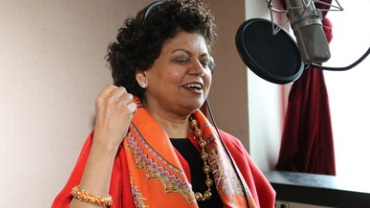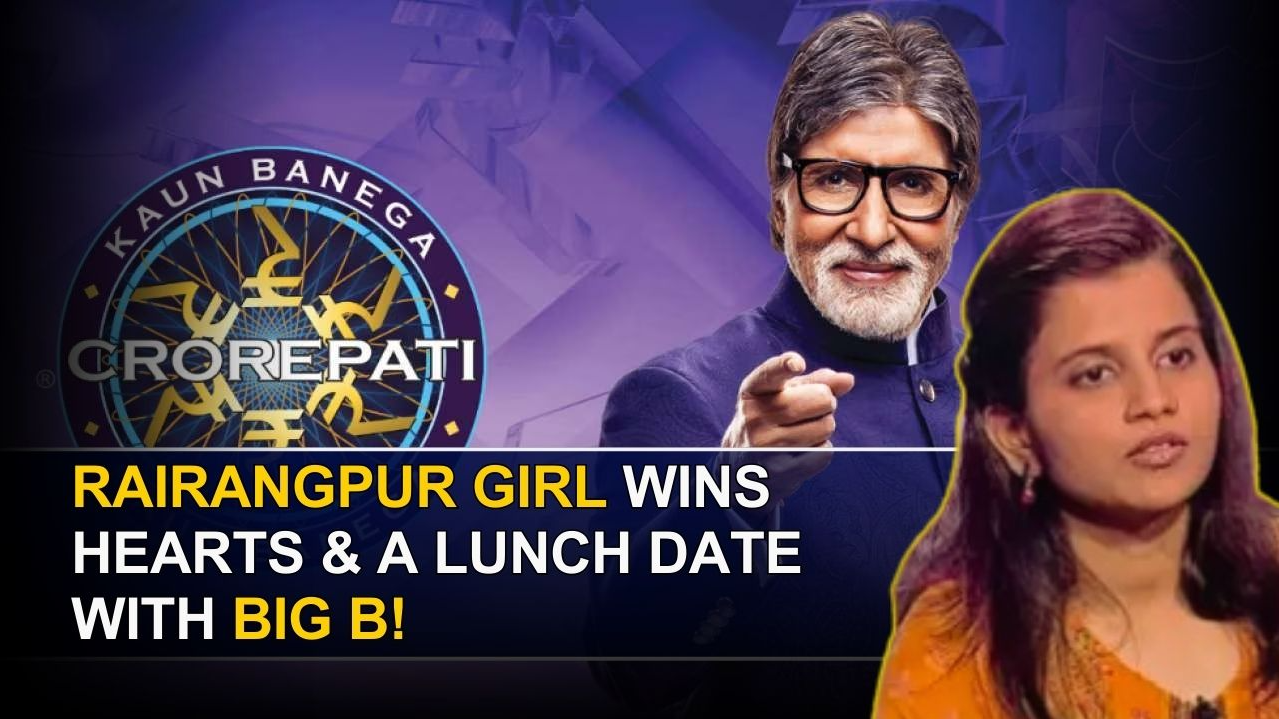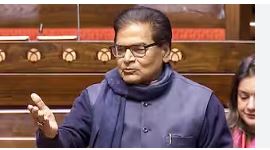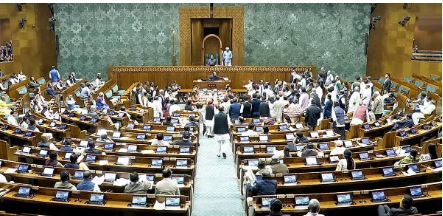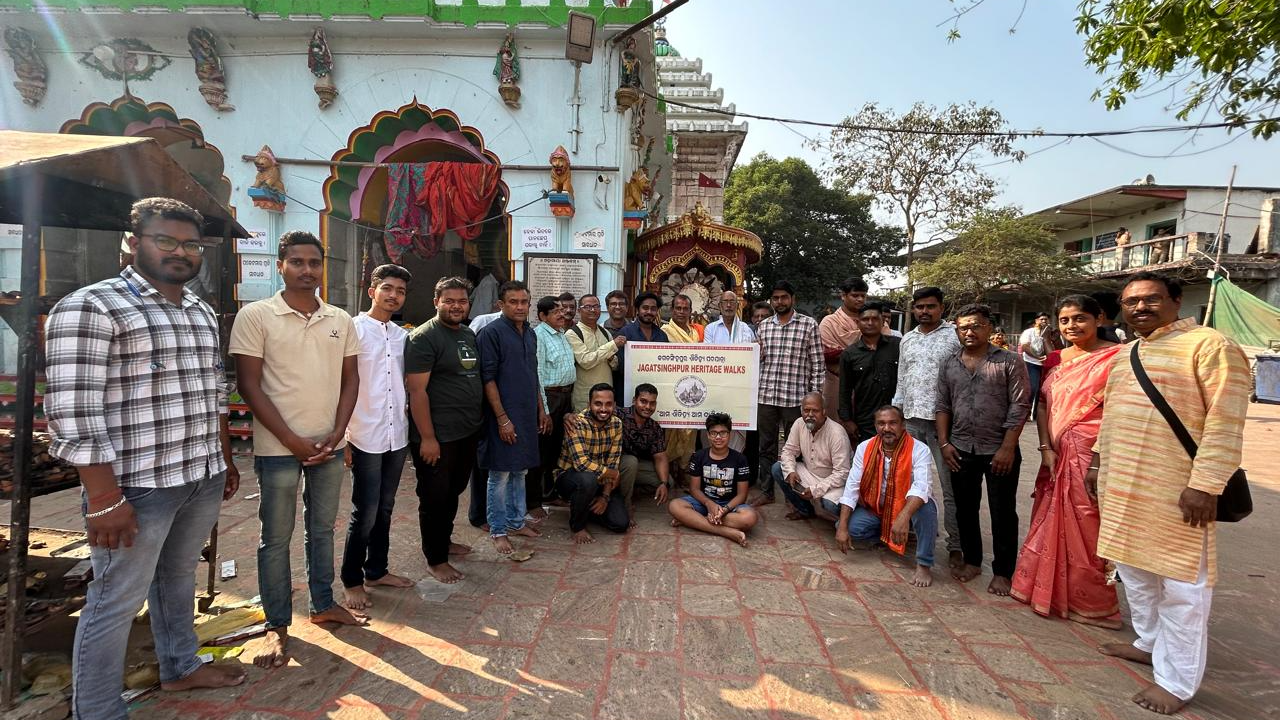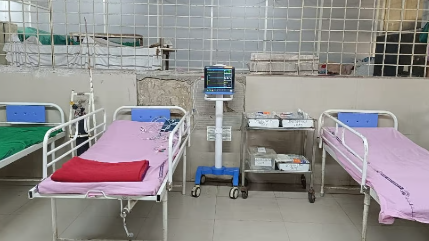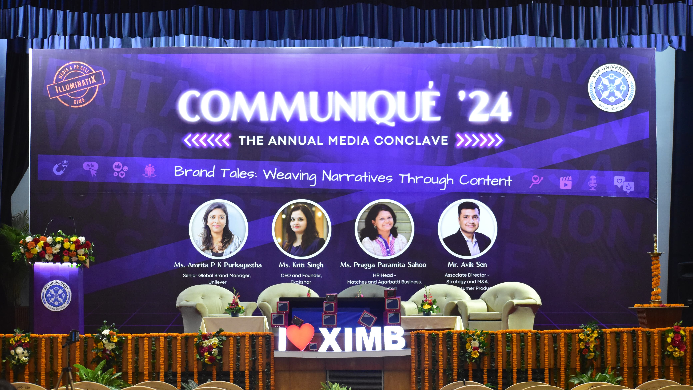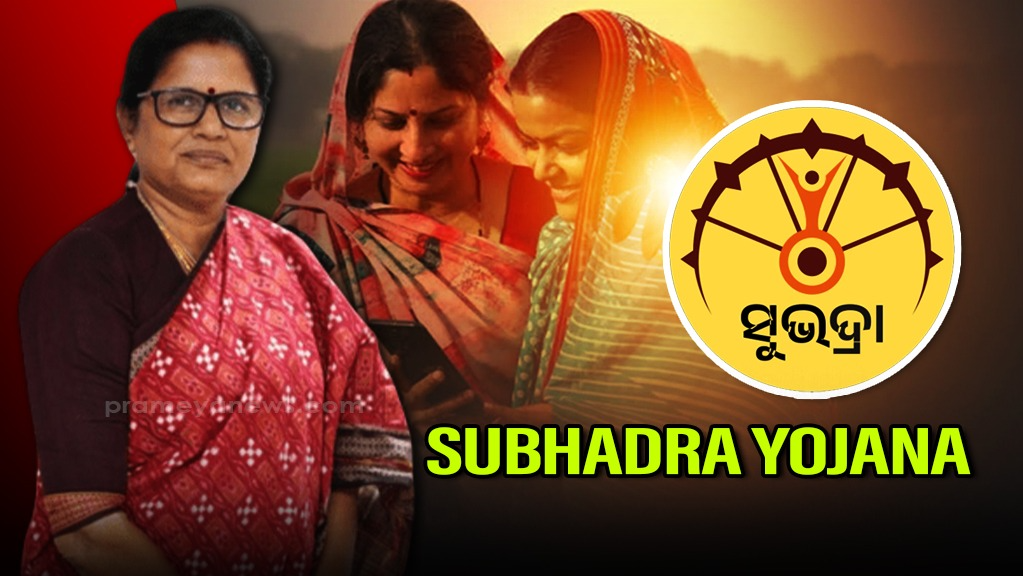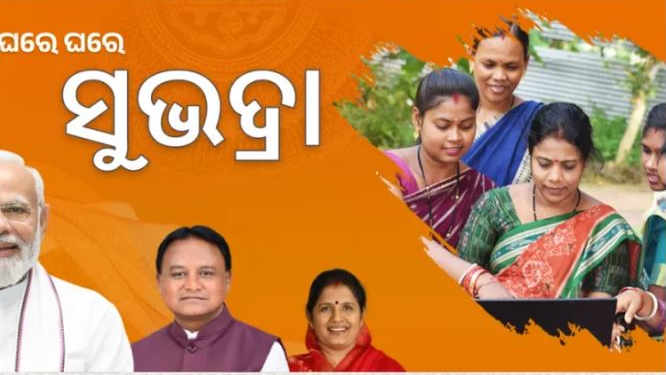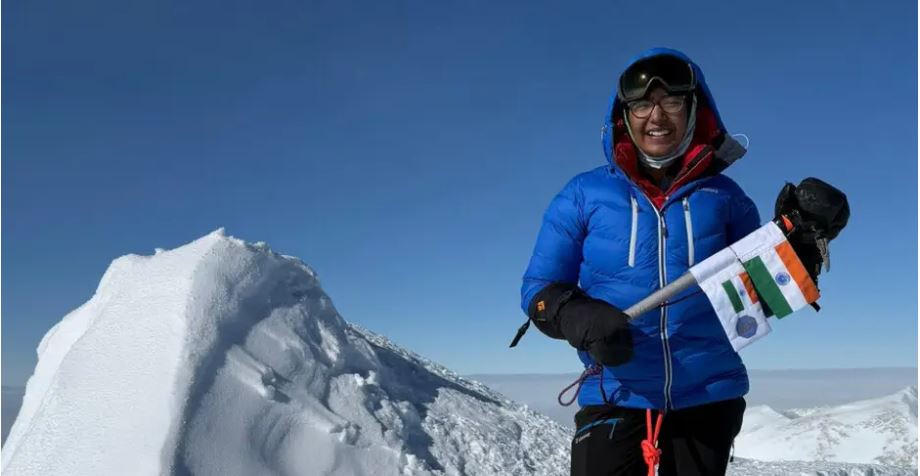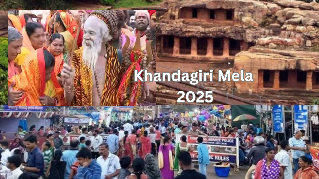The Sacred Gathering
At the foot of the ancient Khandagiri and Udayagiri caves, as the winter sun begins to warm the sandstone hills, one of Odisha's most fascinating cultural gatherings comes alive. The Khandagiri Mela, coinciding with the auspicious Magha Saptami, transforms the usually serene archaeological site into a vibrant scenery of spirituality, culture, and celebration.
The Mystical Sadhus
Perhaps the most captivating aspect of the Khandagiri Mela is the arrival of sadhus from across India. These holy men, with their ash-smeared bodies and matted dreadlocks, bring with them centuries-old traditions and mystical practices that blur the line between the physical and spiritual realms.
"When the moon rises over Khandagiri, and the drums begin their ancient rhythm, we witness what our ancestors have seen for generations - the dance of the divine in human form," shares Baba Kartik Das, a sadhu who has attended the mela for over four decades.
The sadhus perform extraordinary demonstrations of their spiritual prowess:
- Agni Kriya: Walking on burning coal while in deep meditation
- Kaya Sthambhan: Lying on beds of sharp nails
- Urdhvabahu: Keeping one or both arms raised for extended periods
- Astanga Yoga: Complex yogic postures performed with seeming ease
Cultural Performances
As dusk approaches, the festival grounds come alive with cultural performances. The air fills with the melodious sound of the mardala and the gentle tinkling of ghungroos as Odishi dancers take center stage. Local artists perform the traditional Gotipua dance, where young boys dress as females and perform acrobatic dance movements based on Lord Krishna's stories.
"In Khandagiri, every dance step tells a story that's centuries old. When we perform here, we're not just dancing - we're keeping our heritage alive," explains Guru Rajendra Gangani, a veteran Odishi dance teacher.
The Gastronomic Journey
The mela is incomplete without its extensive array of traditional Odia cuisine. The air is thick with the aroma of:
- Pitha varieties: Enduri, Poda, and Chitau
- Traditional sweets: Chhena Poda, Rasabali, and Khaja
- Authentic dishes: Dalma, Pakhala, and various marine delicacies
Local food historian Ananta Mahapatra notes, "The Khandagiri Mela's culinary tradition is unique because it preserves recipes that have been passed down through generations. Some of these dishes are prepared only during this festival."
Ancient Meets Contemporary
While rooted in tradition, the mela has evolved to embrace modern elements:
- Craft exhibitions showcasing Odisha's handicrafts
- Contemporary interpretations of traditional music
- Interactive workshops on meditation and yoga
- Educational sessions about the caves' Jain heritage
The Market Experience
The festival marketplace is a sensory delight, featuring:
- Traditional textiles including the famous Sambalpuri sarees
- Handcrafted jewelry using local techniques
- Medicinal herbs and traditional remedies
- Tribal artifacts and contemporary crafts
Spiritual Significance
The mela holds deep spiritual significance, particularly due to its location near the ancient Jain caves. During the festival, both Jain and Hindu pilgrims perform rituals and meditations in the caves, creating a unique atmosphere of religious harmony.
"These caves have witnessed centuries of spiritual seeking. During the mela, you can feel the energy of thousands of years of meditation and devotion," observes Dr. Rajendra Prasad, a historian specializing in Odishan architecture.
Environmental Initiatives
In recent years, the mela has incorporated environmental consciousness:
- Eco-friendly packaging for food items
- Waste management systems
- Water conservation practices
- Awareness programs about the caves' preservation
Practical Information
The mela typically spans two weeks, with the most auspicious ceremonies occurring during Magha Saptami. Visitors are advised to:
- Book accommodations in advance
- Respect local customs and dress codes
- Carry cash as many vendors don't accept digital payments
- Visit during early morning or evening to avoid peak crowds
The Living Heritage
The Khandagiri Mela represents more than just a festival; it's a living museum of Odishan culture. As modern influences reshape traditional celebrations, this mela stands as a testament to the enduring spirit of ancient traditions while embracing contemporary elements.
"Every year, when I see young people sitting with sadhus, learning about our traditions, I know our culture is in safe hands," concludes Baba Kartik Das, his eyes reflecting the wisdom of ages.
Whether you're a spiritual seeker, a culture enthusiast, or simply a curious traveler, the Khandagiri Mela offers a unique glimpse into a world where the ancient and modern dance in perfect harmony, against the backdrop of Odisha's magnificent heritage.







